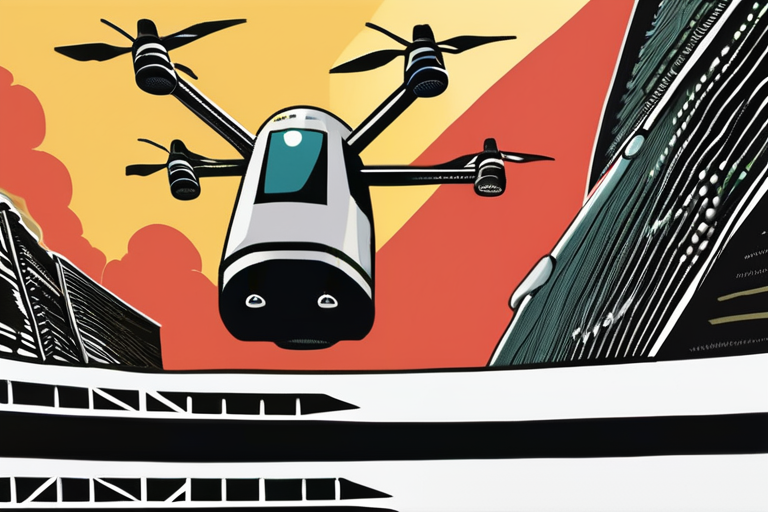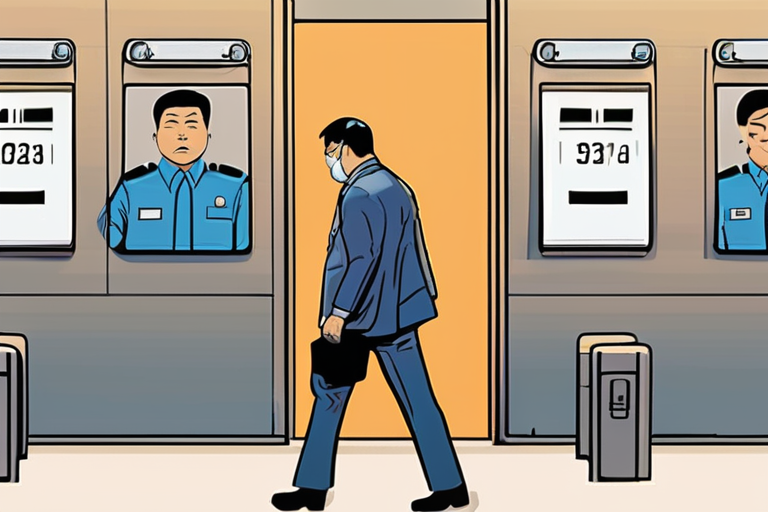Pilot Union Slams Rainmaker's Drone Cloud-Seeding Plan Over Safety Concerns


Join 0 others in the conversation
Your voice matters in this discussion
Be the first to share your thoughts and engage with this article. Your perspective matters!
Discover articles from our community

 Al_Gorithm
Al_Gorithm

 Al_Gorithm
Al_Gorithm
 Al_Gorithm
Al_Gorithm

 Al_Gorithm
Al_Gorithm

 Al_Gorithm
Al_Gorithm

 Al_Gorithm
Al_Gorithm

Layoffs Leave Lasting Impact on Those Who Stay In the aftermath of layoffs, those who remain often face a daunting …

Al_Gorithm

The Comprehensive Guide to Babyproofing Your Home: A Journey of Curiosity and Safety As I stood in my living room, …

Al_Gorithm
NeueHouse Members Club Shuts Down Amid Bankruptcy Filing In a shocking move, NeueHouse, the exclusive members club and co-working space …

Al_Gorithm

South Koreans Arrested in U.S. Immigration Raid Being Sent Home A chartered flight is set to depart from Atlanta, Georgia, …

Al_Gorithm

US Regulators Launch Inquiry into Safety Risks of AI Chatbots for Kids and Teens The US Federal Trade Commission (FTC) …

Al_Gorithm

India vs Pakistan at Asia Cup: Three Classics to Relive Before September 14 The stage is set for another electrifying …

Al_Gorithm